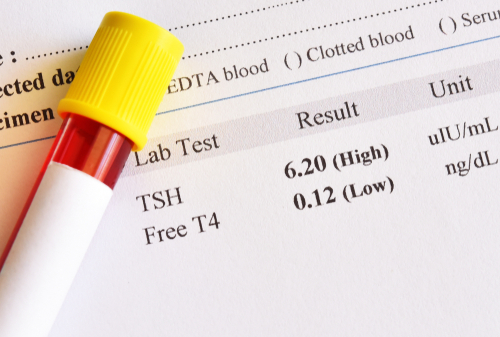Spoiler Alert by Leo Hamel: We have the most convenient, quick, inexpensive metabolism analyzer on the planet! Medical grade and super high tech! Perfect for those engaged in High Intensity Training and have a personal trainer. It is the Pnoe Device. Here is a link to a study that showed its accuracy. Kind of complicated to read, but the device works!
You can not determine if your metabolism is slow, fast, or improving without analyzing how many calories you burn at rest. This is what Pnoe does, and it only takes about 25 minutes.
Understanding how your body works is essential for improving your health and achieving your fitness goals. Getting to know your body better includes learning more about your metabolism since it greatly affects your weight and impacts your ability to stay fit. One of the most efficient ways to gain an in-depth understanding of your metabolism is to undergo metabolic testing. “But, what is metabolic testing and what steps does it entail?”
This type of science-based testing is a highly beneficial tool that will provide you with important data about your metabolism and how it functions. However, before committing to undergoing metabolic testing, you should first take some time to get to know your metabolism.
What are the signs of a slow metabolism?
Your metabolism determines how your body processes and utilizes food to produce and burn energy. Some individuals have a slow metabolism by nature since there are different types of metabolism. In most others, their metabolism slows down as they age.
Either way, a slow metabolism can hinder your attempts to lose weight and get fit without you even knowing it. You may even think that you’re not trying hard enough or that working out simply doesn’t offer the benefits you once thought. Believe it or not, this can just be a sign that your metabolism is working against you.
Here are some common signs of a slow metabolism:
- Ongoing fatigue. If you have a slow metabolism, you may feel exhausted all the time even after a good night’s sleep.
- Continuous headache. A slow metabolism can also cause frequent headaches, sudden onsets of pain, or severe migraines due to thyroid glands that aren’t active enough.
- Weight gain. If you experience weight gain for no apparent reason, it’s likely this is caused by hypothyroidism that leads to a slow metabolism. This can happen even if you exercise regularly and stick to a healthy diet.
- Constipation. Your body needs more time to process food due to a slow metabolic rate, which then results in constipation.
- Depression. Since a slow metabolism affects your gut, this can also have an impact on your mind and mood.
- Thin hair, brittle nails, dry skin. Individuals with a slow metabolism also have low thyroid hormone levels that cause skin, hair, and nail issues.
Can you measure your metabolism?
If you’ve noticed any of the previous signs and believe your metabolism has slowed down, you can take certain steps to boost your metabolism. However, it’s important that you determine whether you have a slow metabolism for certain before opting for a specific approach.
You can obtain in-depth information on your metabolism by undergoing metabolic testing. There are different ways to measure your metabolism, but not all of them are as reliable. In addition, it’s important to note that certain factors can affect your metabolic testing results. For instance, your eating habits, movement, and body temperature prior to metabolic testing can affect the final rate.
Should you decide to opt for a calculation to determine your metabolic rate, you should also consider the following factors: age, gender, activity levels, and diet.
What is a metabolic test?
 It’s important you know what a metabolic test is and what kind of information it provides. Metabolic testing is a type of assessment that enables you to measure your metabolic rate. It shows you how your body uses oxygen, burns calories, utilizes energy, etc.
It’s important you know what a metabolic test is and what kind of information it provides. Metabolic testing is a type of assessment that enables you to measure your metabolic rate. It shows you how your body uses oxygen, burns calories, utilizes energy, etc.
Of course, there are different types of metabolic testing and each shows a different kind of data. To fully understand what your preferred metabolic test involves, you should discuss it with the professionals who will conduct your testing.
The three types of metabolic testing include:
- Lactate threshold test is meant for athletes and determines the level at which your body stops supplying oxygen for maximum athletic performance.
- Resting metabolic test determines your metabolic rate while you rest.
- VO2 max test measures your rate during physical activity.
Find out about our metabolic testing at Leo’s Fitness Lab in San Diego
Learn more about your body at Leo’s Fitness Lab! We offer you advanced PNOĒ equipment for metabolic testing that provides accurate, detailed information about your metabolism. Once we gather all the data we need, we can create your customized fitness and nutrition program. This will help you speed up your metabolism and finally achieve your desired weight.
Our premium fitness facilities are located in the vicinity of San Diego Zoo, so the next time you’re in the neighborhood, stop by and we’ll schedule your testing. We’re happy to answer any questions you may have – call us today!



